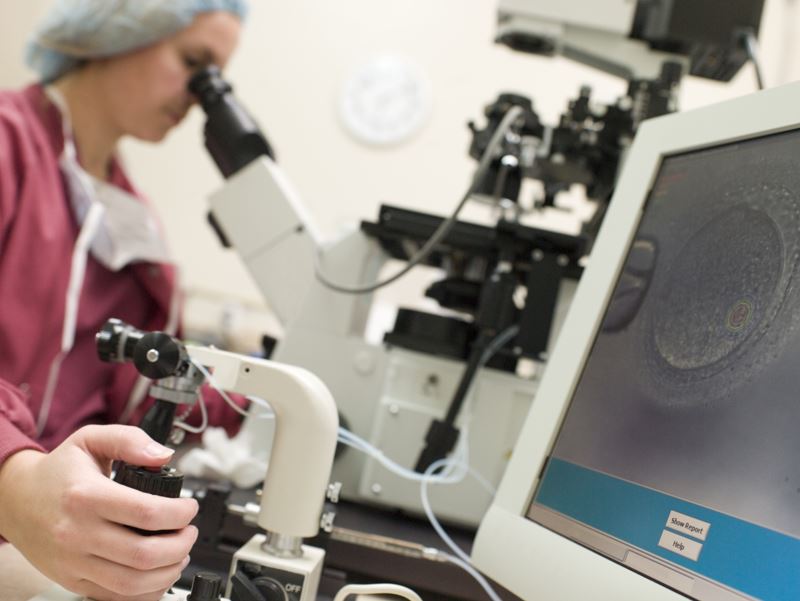The Advancements In Fertility Treatments
Infertility is a major concern for many couples worldwide. In recent years, technology has played a significant role in improving fertility programs and helping couples to conceive. With advancements in fertility treatments and gadgets, more couples can now realize their dream of having children. This article will explore the impact of technology on fertility programs and how it has improved the chances of couples becoming parents.
In Vitro Fertilization (IVF)
Fertility programs encompass a range of treatments that are designed to help couples conceive. One of the most common fertility treatments is In Vitro Fertilization (IVF). This procedure involves extracting eggs from a woman’s ovaries and fertilizing them with sperm in a laboratory. The resulting embryos are then transferred to the woman’s uterus, with the hope of a successful pregnancy.
IVF has become more successful due to the use of advanced laboratory techniques that can improve embryo quality. These techniques include blastocyst culture, where embryos are allowed to develop for a longer period before the transfer, and preimplantation genetic testing, which can screen embryos for genetic abnormalities.
Ultrasound Scans
Ultrasound technology has also had a significant impact on fertility programs. Ultrasound scans are used to monitor the development of the fetus during pregnancy. They can detect any abnormalities or complications, allowing doctors to take necessary steps to ensure the health of the mother and baby.
Ultrasound technology has also improved, with the development of 3D and 4D ultrasound scans. These scans provide more detailed images of the fetus and can help detect any potential complications earlier.

Fertility Gadgets
In recent years, several fertility gadgets have emerged on the market. These gadgets are designed to improve fertility results and help couples conceive. For example, fertility trackers can monitor a woman’s menstrual cycle, basal body temperature, and cervical mucus to predict ovulation. This information can help couples time intercourse to maximize the chances of conception.

Another example of a fertility gadget is the sperm quality analyzer. This device can analyze the quality of a man’s sperm, providing information that can help couples understand why they may be struggling to conceive. Other gadgets include ovulation prediction kits, fertility-friendly lubricants, and at-home semen analysis tests.

Technology has had a significant impact on fertility programs and has helped many couples achieve their dream of having children. As technology continues to evolve, we can expect even more improvements in fertility programs and gadgets, providing hope for those struggling with infertility.
CONTACT US TODAY to learn more about how our weekly digital marketing newsletter can help your business succeed.
You Can Also Get To Us Through Our Email Address
Follow us on our social media platforms:
Leaders Are Readers






